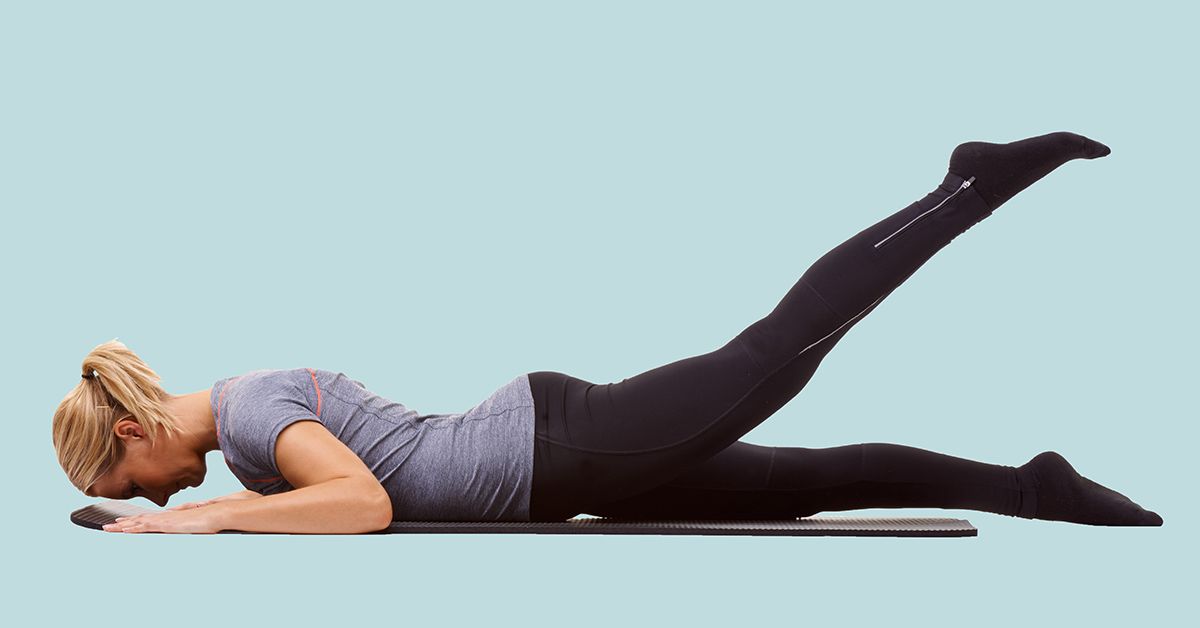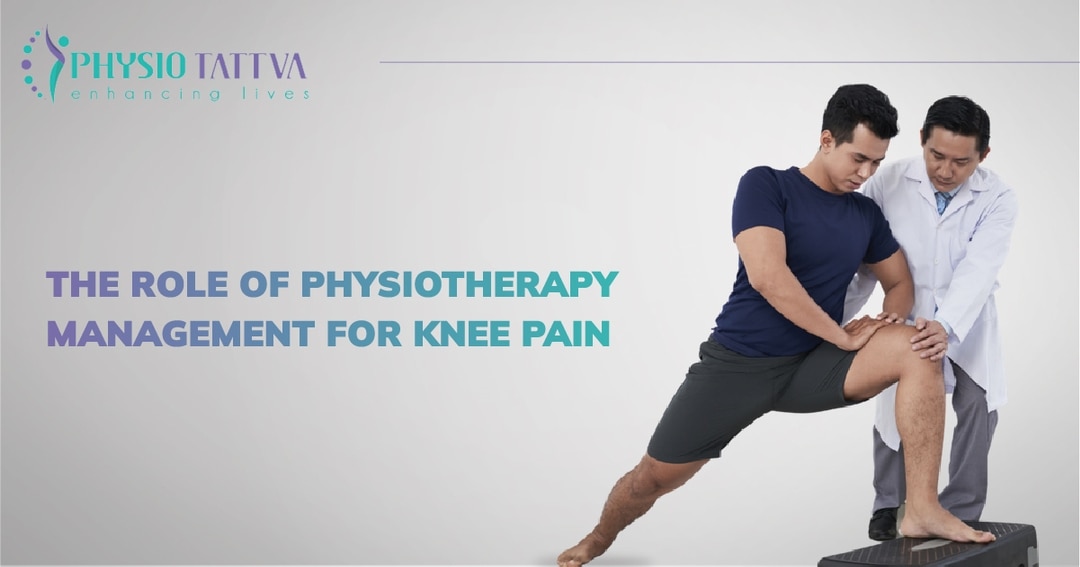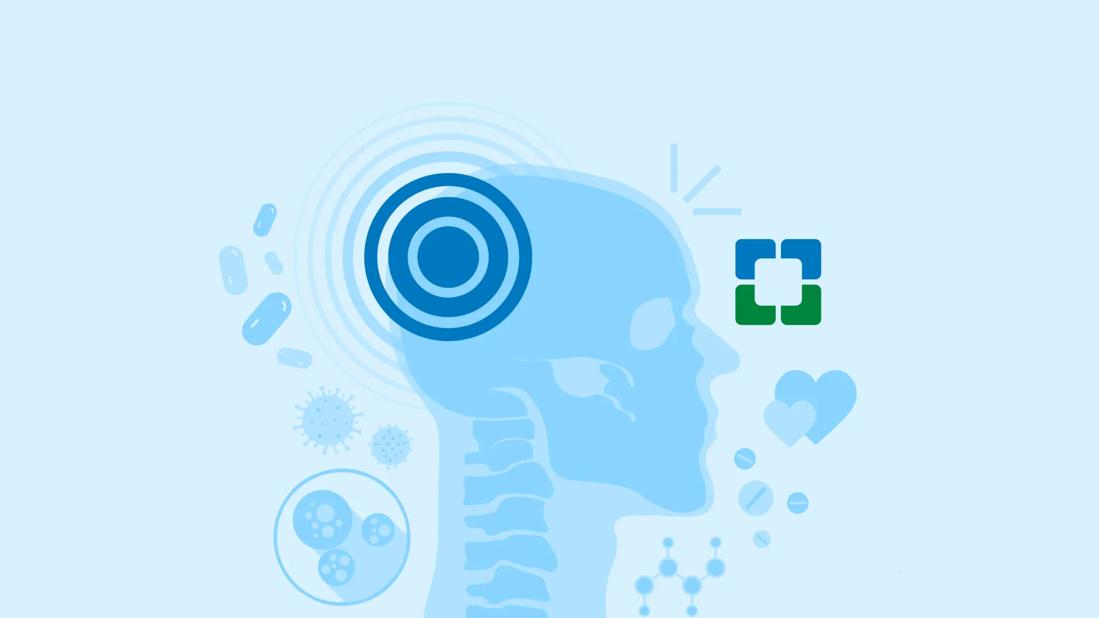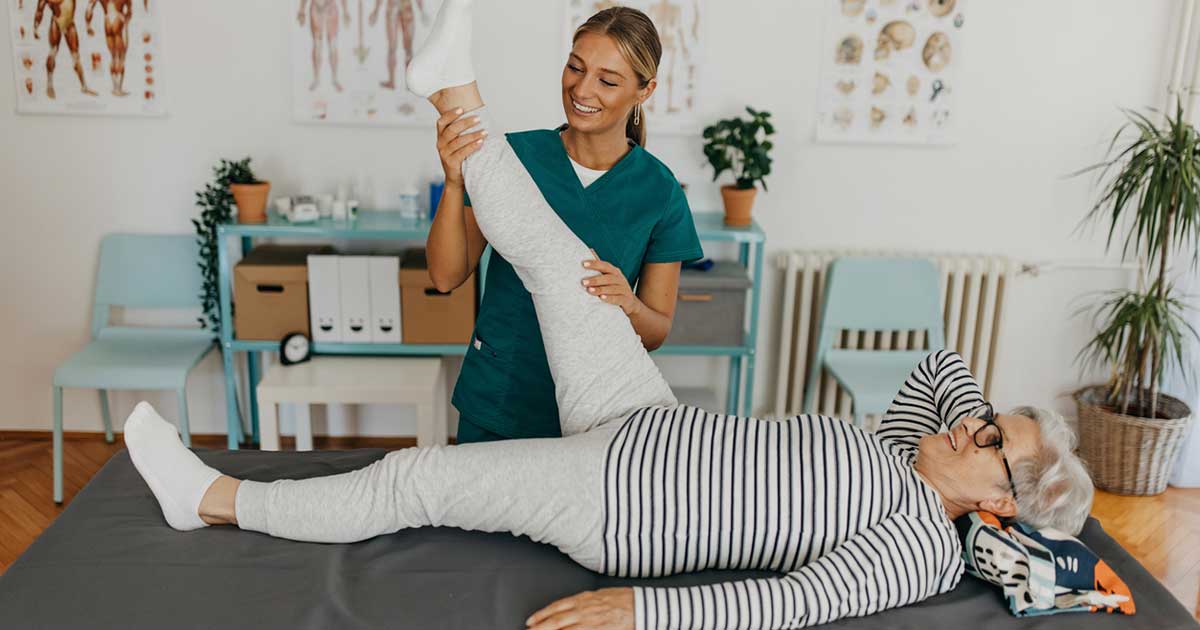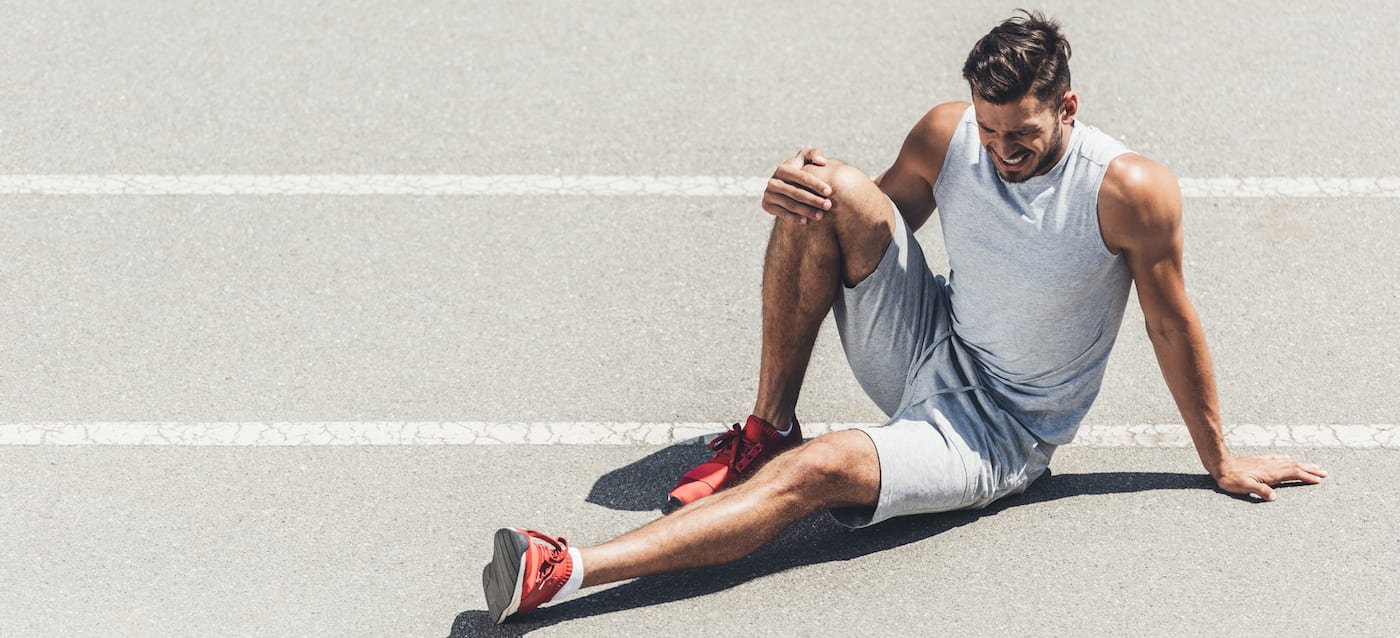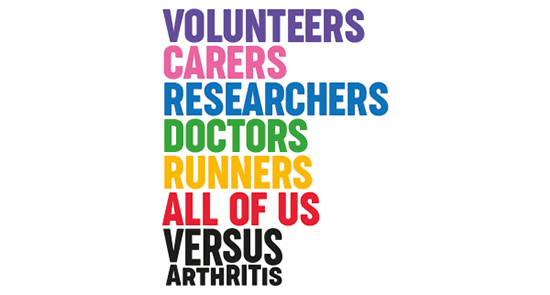Knee pain is more than just an ache in your leg; it can signal problems with the joint’s bones, ligaments, cartilage, or tendons. Conditions like arthritis, ligament strains, meniscus tears, and tendonitis are common culprits that can limit mobility and quality of life. Physiotherapy offers a tailored approach that not only alleviates pain but also addresses the root causes by improving strength, flexibility, and overall joint function.
Physiotherapy works by combining manual techniques with carefully prescribed exercises. Whether your knee pain is acute or chronic, the aim is to restore normal movement and prevent future injuries. In many cases, physiotherapy is recommended as an alternative to surgery, helping individuals get back to their everyday activities safely and confidently.
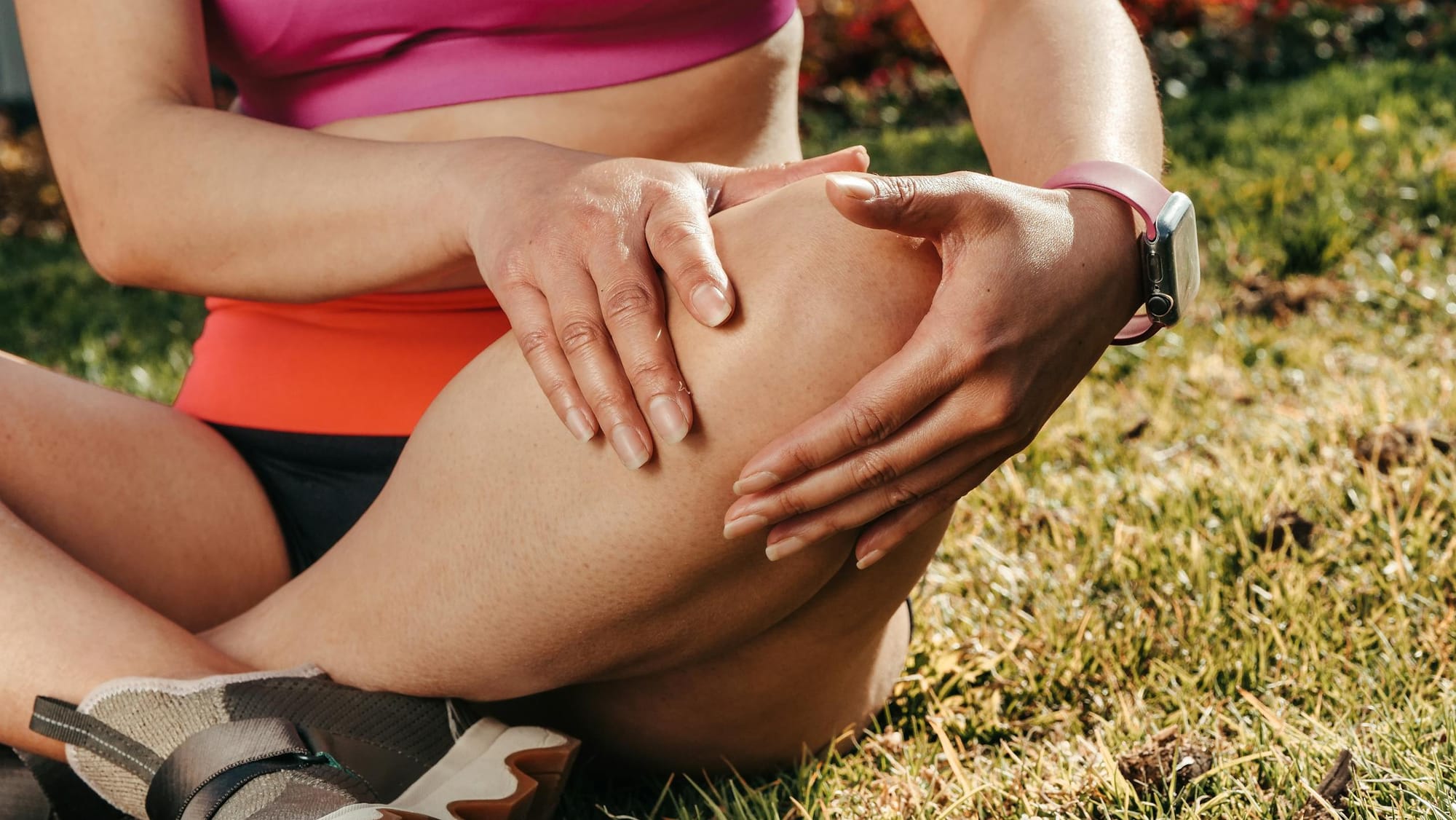
The First Step: A Thorough Assessment
Every physiotherapy journey begins with a detailed assessment. During your initial session, your physiotherapist will start by taking a complete history of your knee pain. This includes asking how and when the pain began, what activities worsen or relieve the pain, and whether you have any past injuries or underlying conditions. They may also ask about your general health and any medications you take.
Next, the physiotherapist will perform a physical examination to understand the extent of your knee’s issues. They might:
- Check Your Range of Motion: You’ll be asked to bend and straighten your knee so that the therapist can evaluate how far you can move the joint without pain.
- Test Muscle Strength: Using simple exercises, they assess the strength of the muscles around your knee, particularly the quadriceps and hamstrings.
- Assess Balance and Stability: You may be asked to stand on one leg or take a few steps to gauge how well your knee supports your weight.
- Palpate the Joint: The therapist may gently press around the knee to locate areas of tenderness or swelling and to assess the alignment of the joint.
This comprehensive evaluation is essential as it not only identifies the specific causes of your pain but also helps in formulating a personalized treatment plan. For more details on what an initial evaluation involves, refer to the NSMI guide.
Setting Personalized Treatment Goals
After the assessment, your physiotherapist will discuss the findings with you and set realistic treatment goals. These goals might include reducing pain, increasing your range of motion, or rebuilding muscle strength. Importantly, the treatment plan is tailored to your unique needs—what works for one person may not work for another.
This collaborative approach ensures that you understand the purpose behind each exercise and treatment modality. Clear communication about your lifestyle, work demands, and personal fitness goals helps the therapist design a program that fits seamlessly into your daily routine. This planning phase is central to successful outcomes, as a customized program is more likely to yield lasting benefits.
Hands-On Treatment: Techniques and Therapies
Once your treatment plan is in place, the focus shifts to hands-on therapies and supervised exercises. Here’s what you can typically expect during a session:
Manual Therapy and Soft Tissue Techniques
Manual therapy involves the therapist using their hands to manipulate soft tissues and joints. Techniques such as massage, joint mobilization, and stretching can:
- Reduce Muscle Tension: By massaging tight muscles, your therapist helps relieve tension around the knee.
- Improve Joint Movement: Gentle mobilization techniques can help realign the joint surfaces, making movement smoother and less painful.
- Enhance Blood Flow: Improved circulation aids in reducing inflammation and accelerating the healing process.
This hands-on approach not only provides immediate relief but also sets the stage for the exercises you’ll perform later in the session. For a look at the role of manual therapy in reducing knee pain, check out insights from Beaumont Health.
Exercise Therapy: Building Strength and Flexibility
Exercise is the cornerstone of physiotherapy for knee pain. Under the guidance of your therapist, you’ll learn specific movements designed to:
- Strengthen Muscles: Targeted exercises for the quadriceps, hamstrings, and calf muscles help support the knee joint.
- Improve Flexibility: Stretching exercises increase the range of motion in your knee, reducing stiffness.
- Enhance Balance and Coordination: Functional movements, like step-ups or balance exercises, retrain your body to move efficiently and safely.
A typical session might include gentle stretching exercises to warm up the muscles, followed by resistance exercises to build strength. You might also be introduced to low-impact aerobic activities that help with circulation and overall joint health. Detailed exercise routines and tips can be found on WebMD and Healthline.
Technology-Driven Therapies
Modern physiotherapy may also incorporate advanced modalities to enhance recovery. These can include:
- Ultrasound Therapy: Uses sound waves to generate heat deep within tissues, improving blood flow and reducing pain.
- Transcutaneous Electrical Nerve Stimulation (TENS): A device delivers mild electrical currents to stimulate nerves, which can help reduce pain signals.
- Cryotherapy and Heat Therapy: Depending on the stage of recovery, applying ice or heat can decrease inflammation and ease discomfort.
- Electrotherapy: This treatment uses electrical energy to stimulate muscle contractions, which can help rebuild strength.
Such technologies offer additional support, particularly when combined with manual and exercise therapies. For a deeper dive into these techniques, Cleveland Clinic provides a comprehensive overview of how these modalities work.
Structuring the Session: A Phased Approach
A physiotherapy session is structured to guide you through a logical progression of recovery. While the details can vary depending on whether you’re managing chronic knee pain or recovering from surgery, here’s a general outline of the session structure:
- Warm-Up:
Every session begins with a warm-up to prepare the knee for activity. This may include gentle range-of-motion exercises or light stretching to loosen the muscles and increase blood flow. - Assessment and Feedback:
The therapist often revisits key assessments to gauge progress. This might include rechecking your range of motion, pain levels, and muscle strength. Your feedback during this phase is crucial for adjusting the treatment plan. - Therapeutic Interventions:
With the warm-up complete, the session moves on to targeted treatments. Depending on your needs, this could involve manual therapy, application of ultrasound or TENS, and specific exercises under supervision. - Supervised Exercise:
Guided exercise is a significant component. You might perform a series of movements that range from gentle stretches to resistance exercises designed to strengthen the muscles around your knee. For patients recovering from knee replacement surgery, the exercises are often phased—from basic range-of-motion work early on to more demanding strength training later. Detailed exercise progressions are outlined on resources like the HSS guide. - Education and Home Exercise Planning:
Before concluding the session, your physiotherapist will explain how to perform your exercises safely at home. This step is crucial because consistent practice outside of the clinic is key to long-term success. You might receive printed instructions or be shown video demonstrations that detail the correct form and technique.
The Role of Patient Involvement and Education
Physiotherapy is not a passive treatment—it requires active participation. Your physiotherapist will not only perform treatments but also educate you about your condition. This education includes:
- Understanding Your Body: Learning about the structure of your knee, how different components work together, and why certain exercises help reduce pain.
- Proper Technique: Demonstrations of the correct form for each exercise ensure you perform them safely and effectively at home.
- Self-Monitoring: You’ll be taught how to recognize signs of overexertion and how to modify exercises if pain increases.
- Lifestyle Adjustments: Guidance on posture, ergonomics, and everyday movements can help prevent further strain on your knee.
By actively engaging in your treatment, you become an essential part of the recovery process. This collaborative approach not only speeds up the healing process but also empowers you to manage your knee pain independently.
Overcoming Challenges: Avoiding Common Pitfalls
While physiotherapy is highly effective, there are potential challenges that patients should be aware of:
Overexertion and Improper Technique
It is not uncommon for individuals to push too hard during sessions or home exercises. Overexertion can lead to muscle strain or even worsen knee pain. A skilled physiotherapist monitors your performance closely and ensures that exercises are performed with proper technique. This careful supervision helps prevent injuries and fosters gradual, safe progression. For more insights on avoiding these pitfalls, see the discussion on HipKneeOrtho.
Managing Discomfort During the Process
Some discomfort during or after physiotherapy sessions is normal, particularly when muscles are being reconditioned. However, your therapist will advise on strategies to manage this discomfort, such as:
- Applying Ice or Heat: Using cold packs can reduce inflammation, while heat can help relax tight muscles.
- Pain Relief Medication: Over-the-counter pain relievers like ibuprofen may be recommended to manage short-term pain.
- Adjusting Exercise Intensity: If any exercise causes sharp pain, your physiotherapist can modify it or substitute an alternative movement.
Consistency Is Key
One of the most important aspects of recovery is consistency. Regular attendance at physiotherapy sessions, along with a dedicated home exercise routine, significantly improves outcomes. Even when progress seems slow, sticking to your program is crucial for long-term improvement. Resources from IMPACT Physical Therapy emphasize the importance of a steady and gradual approach to avoid setbacks.
Long-Term Recovery and Maintenance
The journey through physiotherapy doesn’t end when you leave the clinic. Maintaining the gains achieved during treatment is an ongoing process that involves:
- Home Exercise Programs: Your therapist will likely provide a set of exercises to perform daily or several times a week. These exercises help reinforce the strength and flexibility built during sessions.
- Periodic Reassessments: Follow-up sessions allow the physiotherapist to monitor progress and make adjustments to your treatment plan.
- Lifestyle Modifications: Incorporating gentle stretches and strength exercises into your daily routine can help prevent recurrence of knee pain. This might involve changes in posture, using supportive footwear, or modifying your exercise routine to reduce joint stress.
For individuals who have undergone knee replacement surgery, the rehabilitation process is often segmented into phases—from initial in-hospital recovery to outpatient sessions and finally long-term home-based exercises. This phased approach is designed to steadily build up strength and mobility, ensuring a safe return to normal activities. Detailed recovery timelines and strategies can be found on the HSS website.
Tailoring Treatment to Your Needs
Every knee and every patient is unique. The beauty of physiotherapy lies in its ability to adapt to your specific condition. Whether your knee pain is due to a sports injury, arthritis, or post-surgical recovery, the treatment plan is customized to address your individual challenges. For instance:
- Acute Knee Pain: Sessions might focus on reducing inflammation and stabilizing the joint.
- Chronic Knee Pain: The approach may be more gradual, emphasizing long-term muscle strengthening and joint stability.
- Post-Surgical Rehabilitation: A carefully structured program ensures a safe return to normal function, starting with gentle range-of-motion exercises and progressing to strength training as healing advances.
This personalized approach is supported by extensive research and clinical experience, as highlighted by articles from both Verywell Health and Physiotattva.
The Takeaway: Empowerment Through Movement
Understanding what happens during a physiotherapy session for knee pain can demystify the process and empower you to take charge of your recovery. With a thorough assessment, a personalized treatment plan, and a combination of manual therapy, exercise, and education, physiotherapy provides a roadmap to regaining mobility and reducing pain.
It is important to remember that while the initial session sets the stage, the long-term success of physiotherapy depends on your active participation and commitment. By following your physiotherapist’s advice, practicing prescribed exercises regularly, and listening to your body, you can achieve significant improvements and even prevent future knee issues.
Physiotherapy is not just about healing a joint; it’s about restoring balance and empowering you to live life on your own terms. With each session, the steps you take—both in the clinic and at home—bring you closer to a healthier, more resilient you.
Learn more about how to relieve joint pain and regain mobility! Read the details in this article.
Note: The information provided here is meant to educate and inform. For personalized advice, always consult with a qualified physiotherapist or healthcare professional.
Sources:



